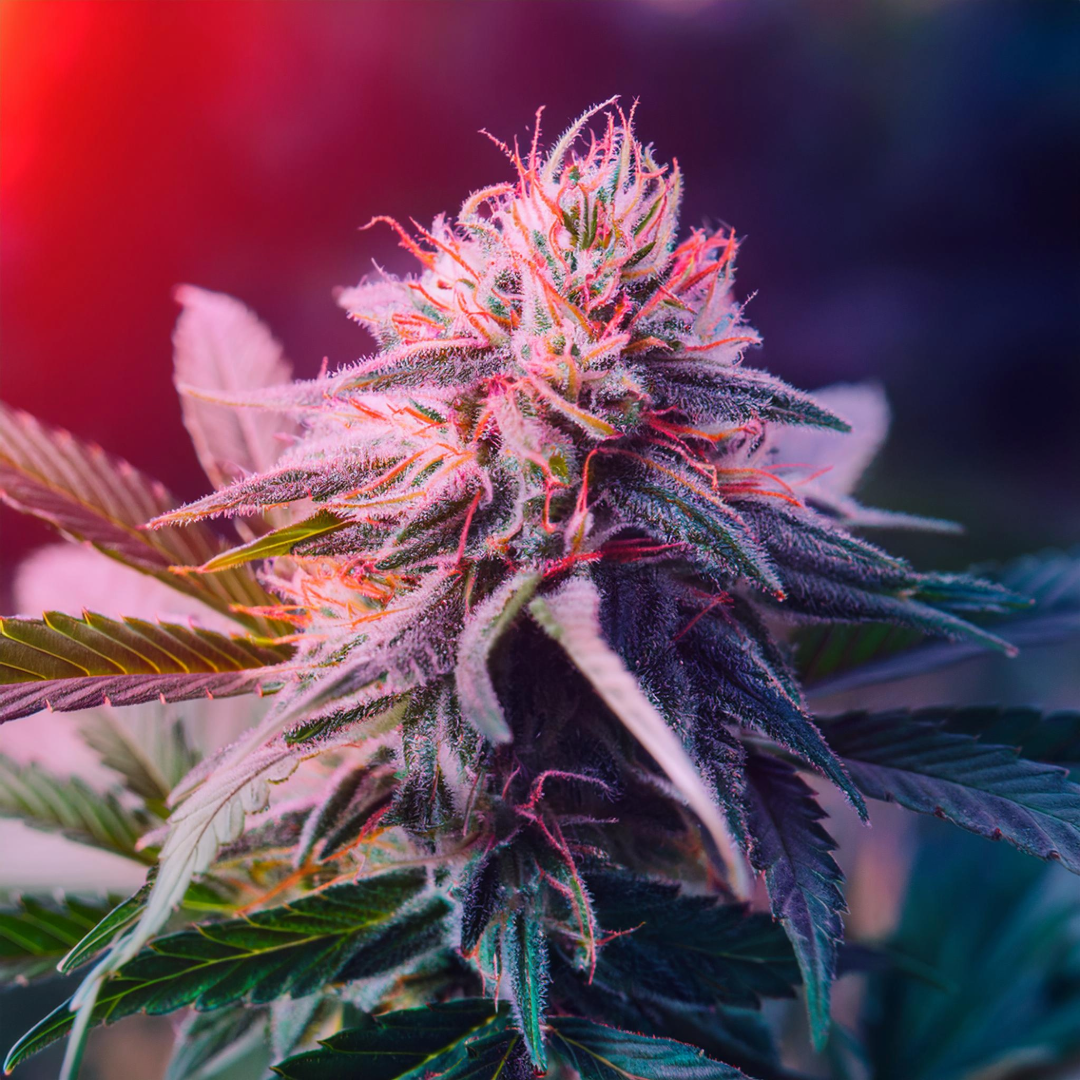
When it comes to growing cannabis plants, the goal of many growers is to achieve maximum harvest with high-quality flowers. Training methods are an effective tool for controlling plant growth, increasing yields and using light efficiently. In this article, we take a look at the most popular and effective training methods for cannabis plants.
What does training mean for cannabis plants?
Training refers to techniques used to specifically influence the shape and growth pattern of cannabis plants. The goal is to shape the plants so that light reaches all flower areas evenly and the plant can invest more energy in flower production. Training methods can basically be divided into two categories:
- Low-stress training (LST): Gentle techniques that do not damage the plant.
- High-stress training (HST): More intensive methods in which the plant is deliberately injured in order to control growth.
Popular training methods at a glance
1. Low-stress training (LST)
LST is a gentle method in which the branches of the plant are carefully bent and fixed to achieve an even distribution of flowers.
-
Advantages:
- No major injuries to the plant.
- Increases light output and number of main flowers.
- Ideal for smaller growing spaces.
-
This is how it works:
- Carefully bend the main branches downwards and secure them with wire or plant twine.
- Repeat this as the plant grows to achieve a bushy structure.
2nd topping
Topping involves cutting off the top of the main stem to redirect growth into side shoots. This technique results in multiple main flowers instead of a single one.
-
Advantages:
- Increases overall yield.
- Promotes even growth.
-
This is how it works:
- Wait until the plant has developed 4–6 nodes.
- Cut the tip just above a knot.
- Let the plant regenerate for a few days.
3. Fimming
Similar to topping, fimming involves removing the top, but only cutting off a portion of the new growth. This results in a bushier plant with more new shoots.
-
Advantages:
- Less stressful than topping.
- Promotes a denser structure.
-
This is how it works:
- Cut off about 70-80% of the growing tip.
- Watch as several new shoots develop.
4. Screen of Green (ScrOG)
With ScrOG, a net is stretched over the plants to train the branches horizontally and achieve an even distribution of light.
-
Advantages:
- Maximizes yield per square meter.
- Perfect method for indoor growers.
-
This is how it works:
- Stretch a net about 20–30 cm above the plant.
- Guide the shoots through the net to create a flat, bushy structure.
5. Supercropping
Supercropping is a high-stress technique that involves gently bending branches to direct growth in a specific direction, softening the inner part of the branch without damaging the outer skin.
-
Advantages:
- Increases the strength of the plant.
- Promotes the formation of resin.
-
This is how it works:
- Select branches that are too long or cast shadows.
- Gently squeeze the branch between your fingers until it becomes soft and bend it in the desired direction.
Which method is the best?
Choosing the right training method depends on several factors:
- Experience: Beginners should start with LST because it is less risky.
- Space: Methods like ScrOG are particularly suitable for limited spaces.
- Varieties: Some varieties respond better to high-stress methods, while others are more sensitive.
- Goals: Do you want to maximize yield or keep the plant compact?
Conclusion
Training methods are a great way to maximize the potential of your cannabis plants. Whether you choose low-stress or high-stress methods depends on your individual needs and level of experience. With a little practice and patience, you can achieve impressive results and take your harvest to the next level.
Do you have a favorite method or want more tips for your project? Let us know in the comments!
